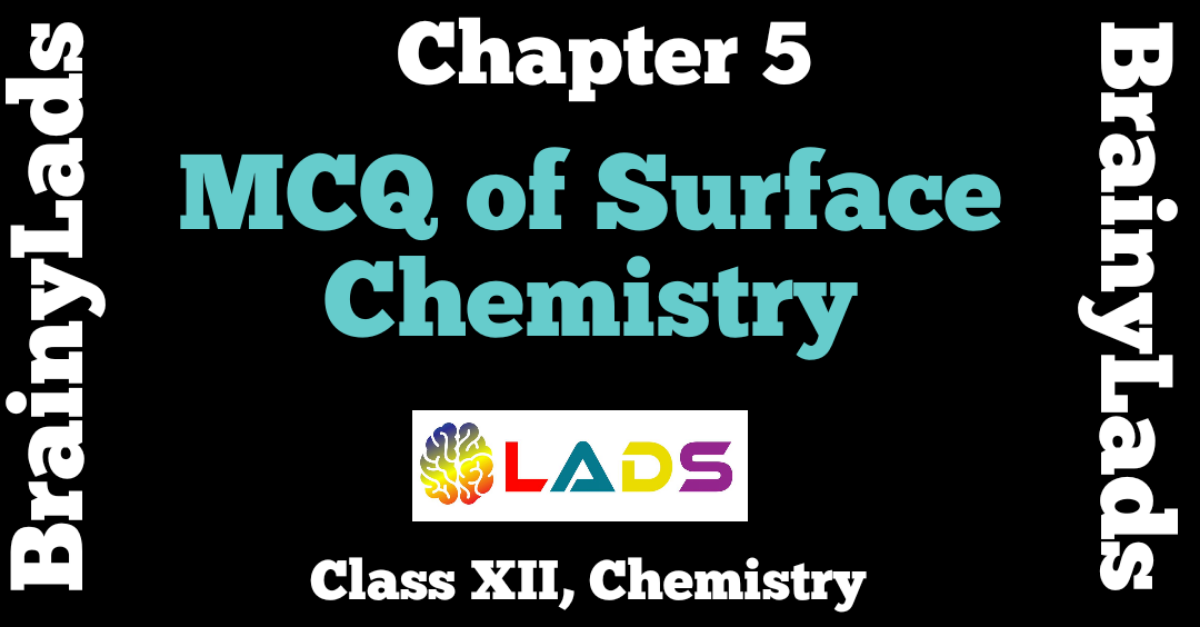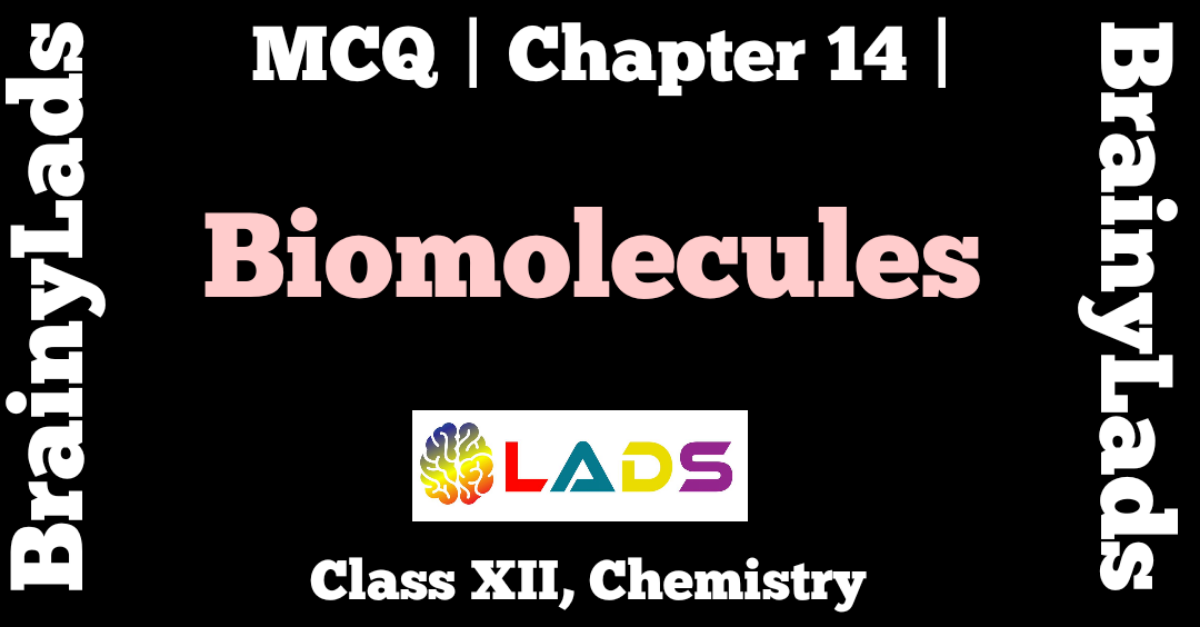MCQ of The P Block Elements | Chapter 7 | Chemistry | Class 12 | CBSE |
MCQ of The P Block Elements | Multiple Choice Questions The P Block Elements
MCQ of The P Block Elements Class 12
Question 1: Nitrogen is used to fill electric bulbs because
- It is lighter than air
- It makes the bulb to glow
- It does not support combustion
- It is non-toxic
Answer: C (It does not support combustion)
Question 2: Which oxide of nitrogen is obtained on heating ammonium nitrate at 250º C?
- N2O3
- NO2
- NO
- N2O4
Answer: B (NO2)
Question 3: Which of the following factor would favour the formation of ammonia in Haber’s process?
- High pressure
- Low temperature
- High volume
- Low pressure
Answer: A (High pressure)
Question 4: Atomicity of Phosphorous is
- One
- Two
- Three
- Four
Answer: D (Four)
Question 5: A gas (X) is obtained when copper reacts with dilute HNO3. The gas thus formed reacts with oxygen to give brown fumes of (Y). (Y) when dissolved in water gives an important acid (Z) and the gas(X). X, Y and Z respectively are
- NO ; NO2 ; HNO3
- NO2 ; NO ; HNO3
- N2O ; NO ; HNO2
- NO ; N2O ; HNO3
Answer: A (NO ; NO2 ; HNO3)
You may also go through other subjects like MCQs of Biology, Physics, Chemistry, Music, Accountancy, Business Studies, Economics, Geography, Political Science & English for having a strong hold on the subject with an intent to score higher in the first term examination to be held in the month of November/December.
Question 6: Group 16 elements have lower first ionisation enthalpy as compared to group 15 elements because
- Half filled p-orbitals in group 15 elements are more stable
- Group 16 elements have smaller size than group 15 elements
- Group 16 elements contain double bond while group 15 elements have triple bond
- Group 16 elements have more number of elements in p-orbitals
Answer: A (Half filled p-orbitals in group 15 elements are more stable)
Question 7: Covalency of oxygen cannot exceed 2 unlike sulphur which can show +4 or +6 because
- Oxygen atom does not have d orbital
- Oxygen atom has two unpaired electron in its valence shell
- Oxygen can form a double bond with another oxygen atom
- Electrons of oxygen atom cannot be promoted to d-orbital due to its small size
Answer: A (Oxygen atom does not have d orbital)
Question 8: Bond angle in H2O (104.5º) is higher than the bond angle of H2S (92.1º) . The difference is due to
- O is diatomic and S is tetra atomic
- Difference in electronegativity of S and O
- Difference in oxidation states of S and O
- Difference in shapes of hybrid orbitals of S and O
Answer: B (Difference in electronegativity of S and O)
Question 9: Which is the correct arrangement of the compounds based on their bond strength?
- HF > HCl > HBr > HI
- HI > HBr > HCl > HF
- HCl > HF > HBr > HI
- HF > HBr > HCl > HI
Answer: A (HF > HCl > HBr > HI)
Question 10: In which of the following, sulphur is present in +5 oxidation state?
- Dithionic acid
- Sulphurous acid
- Sulphuric acid
- Disulphuric acid
Answer: A (Dithionic acid)
We would love to see you scoring higher after reading of MCQ of The Solid State, MCQ of Solutions, MCQ of Electrochemistry, MCQ of Chemical Kinetics, MCQ of Surface Chemistry, MCQ of General Principles and Processed of Isolation of Elements, MCQ of the d-And f-Block Elements, MCQ of Coordination Compounds, MCQ of Haloalkanes and Haloarenes, MCQ of Alcohols, Phenols and Ether, MCQ of Aldehydes, Ketones and Carboxylic Acids, MCQ of Amines, MCQ of Biomolecules, MCQ of Polymers, MCQ of Chemistry in Everyday Life for better understanding and clarity of the chapters.
Question 11: The correct order of increasing electron affinity of halogens is
- I < Br < Cl
- Br < I < Cl
- Cl < Br < I
- I < Cl < Br
Answer: A (I < Br < Cl)
Question 12: The comparatively high boiling point of hydrogen fluoride is due to
- High reactivity of fluorine
- Small size of hydrogen atom
- Formation of hydrogen bonds
- Small size of fluorine
Answer: C (Formation of hydrogen bonds)
Question 13: When three parts of concenrated HCl and one part of conc. HNO3 is mixed, a compound X is formed. The correct option related to X is
- ‘X’ is known as aqua regia
- ‘X’ is used for dissolving gold
- ‘X’ is used for decomposition of salts of weaker acids
- Both (a) and (b)
Answer: D (Both (a) and (b))
Question 14: What happens when white phosphorous is heated at 473 K under high pressure?
- α- Black phosphorous is formed.
- β- Black phosphorous is formed.
- Red phosphorous is formed.
- No change would be observed.
Answer: B ( β- Black phosphorous is formed )
Question 15: The bleaching of chlorine is due to the liberation of the following
- HOCl
- HCl
- [ O ]
- O2
Answer: C [O]
Question 16: Maximum covalency of nitrogen is…..
- 3
- 5
- 4
- 6
Answer: C (4)
Question 17: Which of the following elements can be involved in pπ—dπ bonding?
- Carbon
- Phosphorous
- Nitrogen
- Boron
Answer: B (Phosphorous)
Question 18: Which of the following elements does not show allotropy?
- Nitrogen
- Bismuth
- Antimony
- Arsenic
Answer: B (Bismuth)
Question 19: Which of the following statement is wrong?
- Single N—N bond is stronger than single P—P bond
- PH3 acts as ligand in the formation of coordination compound with transition elements
- NO2 is paramagnetic in nature
- Covalency of nitrogen in N2O3 is four.
Answer: A ( Single N—N bond is stronger than single P—P bond )
Question 20: Make the correct statement about halogens from the following.
- Electron affinity of halogens is in the order F > Cl > Br > I
- HF is the strongest hydrohalic acid
- F2 has lower bond dissociation energy than Cl2
- All halogens show variable oxidation states.
Answer: C ( F2 has lower bond dissociation energy than Cl2 )
Question 21: If Chlorine is passed through a solution of hydrogen sulphide in water, the solution turns turbid due to the formation of
- Free chlorine
- Free sulphur
- Nascent oxygen
- Nascent hydrogen
Answer: B (Free sulphur )
Question 22: Sulphur molecule is
- Diatomic
- Triatomic
- Tetratomic
- Octa – atomic
Answer: D (Octa – atomic)
Question 23: Interhalogen compounds are more reactive than the individual halogens because
- They are prepared by direct combination of halogens
- X—X’ bond is weaker than X—X or X’—X’ bonds
- They are thermally more stable than halogens
- There is a large difference in their electronegativity
Answer: B ( X—X’ bond is weaker than X—X or X’—X’ bonds)
Question 24: Which of the following is not a use of noble gases?
- Argon is widely used for filling incandescent electric bulbs.
- Neon is used in safety devices for protecting electrical bulbs.
- Radon is used in radiotheory of cancer.
- Helium is filled in tubes of cycles and scooter tyres.
Answer: D ( Helium is filled in tubes of cycles and scooter tyres. )
Question 25: A black powder when heated with conc. HCl gives a greenish yellow gas. The gas acts as oxidising and a bleaching agent. When it is passed over slaked lime, a white powder is formed which is a ready source of the greenish yellow gas. The black powder and white powder respectively are
- KClO3 and NaClO3
- MnO2 and Ca(OCl)2
- MnO2 and KClO3
- MnCl4 and COCl2
Answer: B ( MnO2 and Ca(OCl)2 )
We would love to see you scoring higher after reading the MCQ of Grammar, MCQ of Notice Writing, MCQ of Letter to the Editor, MCQ of Classified Advertisement, MCQ of Article Writing, MCQ of Business Letters. Besides, reading them will clear all your doubts about what kind of questions will be put up in the upcoming exams.
Question 26: Nitrogen can form only one chloride with chlorine which is NCl3 whereas P can form PCl3 and PCl5. This is
- Due to absence of d orbitals in nitrogen
- Due to difference in size of N and P
- Due to higher reactivity of P towards Cl than N
- Due to presence of multiple bonding in nitrogen
Answer: A (Due to absence of d orbitals in nitrogen)
Question 27: Covalency of oxygen cannot exceed 2 unlike sulphur which can show +4 or +6 because
- Oxygen atom does not have d orbitals
- Oxygen atom has two unpaired electron in its valence shell
- Oxygen can form a double bond with another oxygen atom
- Electrons of oxygen atom cannot be promoted to d orbitals due to its small size
Answer: A ( Oxygen atom does not have d orbitals )
Question 28: The correct order of increasing affinity of halogens is
- I < Br < Cl
- Br < I < Cl
- Cl < Br < I
- I < Cl < Br
Answer: A (I < Br < Cl)
Question 29: Fluorine is the best oxidising agent because it has
- Highest electron affinity
- Highest reduction potential
- Highest oxidation potential
- Lowest electron affinity
Answer: B (Highest reduction potential)
Question 30: On heating ammonium nitrate and barium azide separately we get
- N2 in both cases
- N2 with ammonium dichromate and NO with barium azide
- N2O with ammonium dichromate and N2 with barium azide
- N2O with ammonium dichromate and NO2 with barium azide
Answer: A ( N2 in both cases )
Question 31: On heating with concentrated NaOH solution in an inert atmosphere of CO2, white phosphorous gives a gas. Which of the following statements is incorrect regarding the gas?
- It is highly poisonous and has smell like rotten fish
- Its solution in water decomposes in the presence of light
- It is more basic than NH3
- It is less basic than NH3
Answer: C (It is more basic than NH3)
Question 32: The comparatively high boiling point of hydrogen fluoride is due to
- High reactivity of fluorine
- Small size of hydrogen atom
- Formation of hydrogen bonds
- Small size of fluorine
Answer: C (Formation of hydrogen bonds)
Question 33: Select the correct statement regarding the properties of dioxygen.
- Dioxygen never reacts with metals
- Dioxygen is diamagnetic in nature
- Combination of dioxygen with other elements is highly exothermic process
- Dioxygen liquefies at 55 K and freezes at 90 K
Answer: C ( Combination of dioxygen with other elements is highly exothermic process )
Question 34: Ammonia is used in detection of Cu2+ ion because
- Aqueous solution of NH3 reacts with Cu2+ ion to form deep blue coloured complex
- NH3 reacts with Cu2+ ion to give blue precipate of CuO
- Aqueous solution of NH3 reacts with Cu2+ ion to form white coloured complex
- NH3 reacts with Cu2+ ion to give green precipitate
Answer: A ( Aqueous solution of NH3 reacts with Cu2+ ion to form deep blue coloured complex )
Question 35: Which of the following is a tetrabasic acid?
- Hypophosphorous acid
- Metaphosphoric acid
- Pyrophosphoric acid
- Orthophosphoric acid
Answer: C (Pyrophosphoric acid)
Related
Do share the post if you liked MCQ of The P Block Elements . For more updates, keep logging on BrainyLads




Sir please provide cas study based questions also..
VERY VERY USEFUL QUESTION DURING FOR NOVEMBER EXAM PREPARED .
THANKS SIR🙏
Nyc
Amazing questions🙏